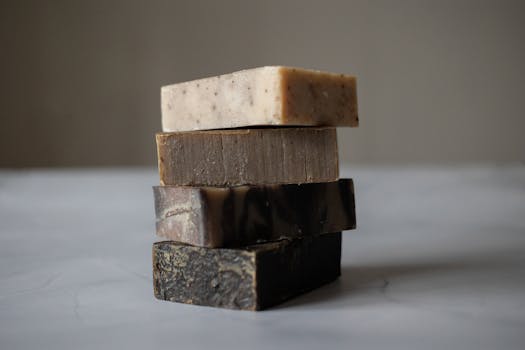Takeaways
- Exercise releases endorphins, which are natural mood lifters.
- Finding an activity you enjoy makes it easier to stick with a routine.
- Even small amounts of physical activity can make a significant difference.
- Incorporating movement into your day can help break the cycle of anxiety and depression.
Introduction
Hey there! If you’re anything like me, you know that life can sometimes feel like a rollercoaster ride – filled with ups, downs, and those gut-wrenching loops that take your breath away. For many of us, anxiety and depression can be unwelcome passengers on this ride, making it hard to enjoy the journey. But what if I told you that there’s a simple way to help manage those feelings? Yep, you guessed it – exercise! Let’s dive into how getting your body moving can boost your mood and help you tackle those pesky mental health challenges.
The Science Behind Exercise and Mood
First things first, let’s talk about why exercise is such a powerful tool for managing anxiety and depression. When you engage in physical activity, your body releases a bunch of feel-good chemicals called endorphins. These little guys are like nature’s mood boosters, helping to alleviate feelings of stress and anxiety. It’s like getting a natural high without the side effects!
One of my favorite moments was when I decided to take up running. At first, it felt like a chore, and I struggled to put one foot in front of the other. But after just a few weeks of regular runs, I started to notice a shift in my mood. Endorphins kicked in, and I felt lighter, both physically and mentally. It was like I was shedding layers of anxiety with every mile!
Finding What Moves You
The key to reaping the benefits of exercise is finding an activity that you genuinely enjoy. It doesn’t have to be running; it could be dancing, swimming, yoga, or even a brisk walk in the park. The important part is to get moving! I remember trying out a Zumba class on a whim, and boy, did I have a blast! Not only was I getting a workout, but I was also laughing and having fun. That’s the sweet spot!
When you love what you do, it becomes a lot easier to stick with it. Think about it: would you rather drag yourself to a boring gym session or dance around your living room to your favorite tunes? Exactly! So, explore different activities and find what gets you excited to move. Your mood will thank you!
Making Exercise a Habit
Okay, so you’ve found an activity you love. Now, how do you make it a regular part of your life? One of my biggest challenges was turning exercise into a habit. I realized that setting small, achievable goals worked wonders for me. Instead of aiming to run a marathon right away, I started with a goal of running for just 10 minutes a day. Little by little, I upped my game, and before I knew it, I was running for 30 minutes!
Creating a routine can also help. For instance, I decided to go for my runs every morning before work. It became a ritual that not only got my blood pumping but also set a positive tone for the rest of my day. Plus, it’s much harder to skip a workout when it’s part of your daily routine!
Breaking the Cycle of Anxiety and Depression
Sometimes, when we’re feeling low, the last thing we want to do is move. I get it – it can feel like the weight of the world is on your shoulders. However, it’s during these times that exercise can be the most beneficial. Just a little bit of movement can break the cycle of negative thoughts and feelings. When I find myself spiraling, I force myself to step outside and take a short walk. It’s amazing how a change of scenery and a bit of fresh air can clear my mind and lift my spirits.
Even if you just do a few stretches or dance around your living room, you’re taking a step in the right direction. It doesn’t have to be a full workout to make a difference. Remember, every little bit counts!
FAQs
How much exercise do I need to do to feel the benefits?

What type of exercise is best for anxiety and depression?
Any exercise you enjoy can be beneficial! Cardio activities like running, swimming, or cycling are great, but don’t overlook yoga and strength training, which can also help reduce symptoms.
Can I exercise if I’m feeling really low?
Absolutely! Start small. Even a short walk or some gentle stretching can help. The key is to listen to your body and do what feels right for you.
How can I stay motivated to exercise regularly?
Set achievable goals, find a workout buddy, or try new activities to keep things fresh and exciting. Remember to celebrate your progress, no matter how small!


